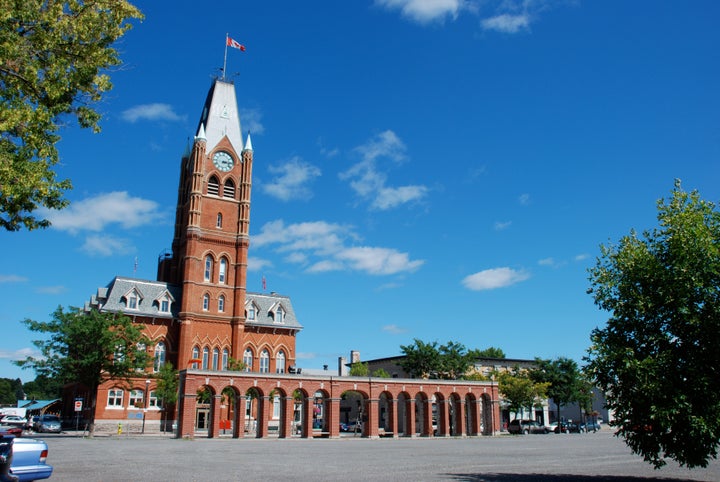
If you want to know where people are moving these days, just ask U-Haul. The do-it-yourself moving company has developed a system for tracking migration patterns by looking at the pick-up and drop-off locations of its trucks and trailers.
It’s “an effective gauge of how well cities are attracting and maintaining residents,” the company says, and in the pandemic year of 2020, it seems the Canadian city that saw the biggest growth on that front was North Bay.
Yes, that North Bay. The often-overlooked small city in northern Ontario saw the largest increase in inbound U-Haul trucks, compared to outbound trucks, of any place in Canada. It didn’t even place in the top 25 the year before.
“The cost of living is low and the (federal) government is sending jobs in this direction.” said Wayne Curtis, president of U-Haul Company of Central Ontario.
In fact, 10 of the top 20 cities on U-Haul’s list of top “growth cities” are smaller cities in Ontario that, until recently, were not exactly considered magnets for migrants. And many of the cities on the list are near one of Canada’s major metro areas ― another sign that city dwellers are packing up and moving amid lockdowns and an economic slowdown.
Notably absent from the list are Canada’s two largest cities, Toronto and Montreal. They clocked the fastest out-migration on record between mid-2019 and mid-2020, though the trend began even before COVID-19 prompted people to look for more spacious homes in less crowded (and more affordable) cities.
It’s a similar situation in the U.S., where U-Haul’s analytics found California, Illinois and New Jersey (i.e., L.A., Chicago and suburban New York) are bleeding residents while the hottest boomtowns are small places, particularly in Florida.
It’s a little different in Vancouver, where the number of people leaving the region accelerated, but so did the number of people moving into the region. For that reason, both Vancouver and North Vancouver ride high among Canada’s “growth cities” on the U-Haul list.
This wave of city-dwellers heading to the country is putting upward pressure on rents in those cities, with the average rent in North Bay jumping 11 per cent over the past year, to $995 a month, according to rental site Zumper.
It represents “younger generations who are slowly and quietly abandoning city life,” Sylvain Charlebois, senior director of the Agri-Food Analytics Lab at Dalhousie University, wrote this week.
“Of course, the cost of city dwelling is a cruel barrier. … Real estate is now out of reach for many households with low incomes. CIBC’s latest report on income gaps clearly demonstrates how COVID has made the poor poorer. Leaving cities is more tempting than ever.”
Charlebois says the migration out of cities offers new economic opportunities for businesses in rural areas ― even if urban-focused chains like Starbucks suffer in the meantime.
“Unique restaurants and retailers could see more people give these remotely located outlets a second wind,” he wrote.
“With what’s happening, rural Canada may be getting its mojo back, which is not necessarily a bad thing.”